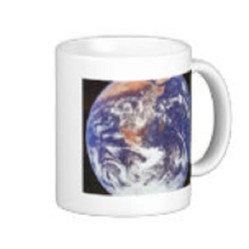Man has brought animals, and to a lesser extent plants, to new environments with disastrous results. Many of these introductions of animals into new environments were well intentioned.
In Louisiana, the nutria was introduced as a fur bearing animal to help trappers. Unfortunately, it has overproduced due to too few predators. Nutrias eat roots, and burrow into the ground. This damages the natural plant life that serves as food for native animals. And the burrowing has caused damage to the sides of drainage canals and to roadways by undermining the roadways that run along those canals.
Another problem was the introduction of a water lily that flourishes in Louisiana. This is a plant that floats, and produces a beautiful blue-purple flower. It was brought in for a private garden, but plant seeds are so easily spread. Soon, waterways were filled with the plants. The problem is the roots entangle as to make a large floating mat. This impedes boats by choking off waterways. They had to be eliminated. After nothing else worked a small animal-life that eats such roots was suggested to control them.
There are many examples of species that have gotten out of control as a result of lack of predators in a new environment. But, perhaps the most significant of all is the rat that caused the bubonic plague. The source is believed to be from the east, and ships could easily have transported them. Then, weather conditions killed a significant number of animals. When conditions improved the rats reproduced faster than the hawks, owls, and snakes, so they were not being controlled by nature. This is one theory.
It is important to not tamper with the food chain. Nature is in balance, and any disruption has far reaching effects. Even inadvertent tampering can be a problem with major impacts.












 The Linear Equation and Related Equations and Inequalitieson 08/15/2024
The Linear Equation and Related Equations and Inequalitieson 08/15/2024
 Understanding Calculus: A Simplified Approach to Derivativeson 08/05/2024
Understanding Calculus: A Simplified Approach to Derivativeson 08/05/2024
 Limits: Vital Building Blocks of Calculuson 08/01/2024
Limits: Vital Building Blocks of Calculuson 08/01/2024
 Mardi Gras Collectibleson 02/02/2023
Mardi Gras Collectibleson 02/02/2023


Comments